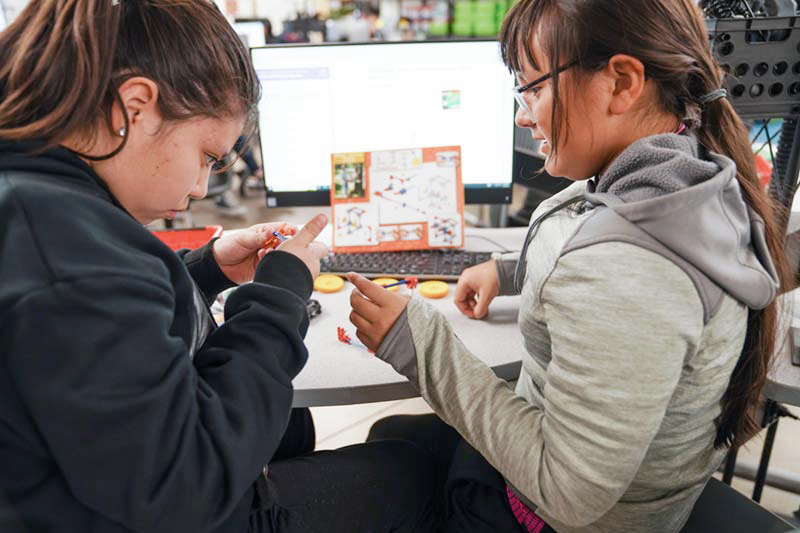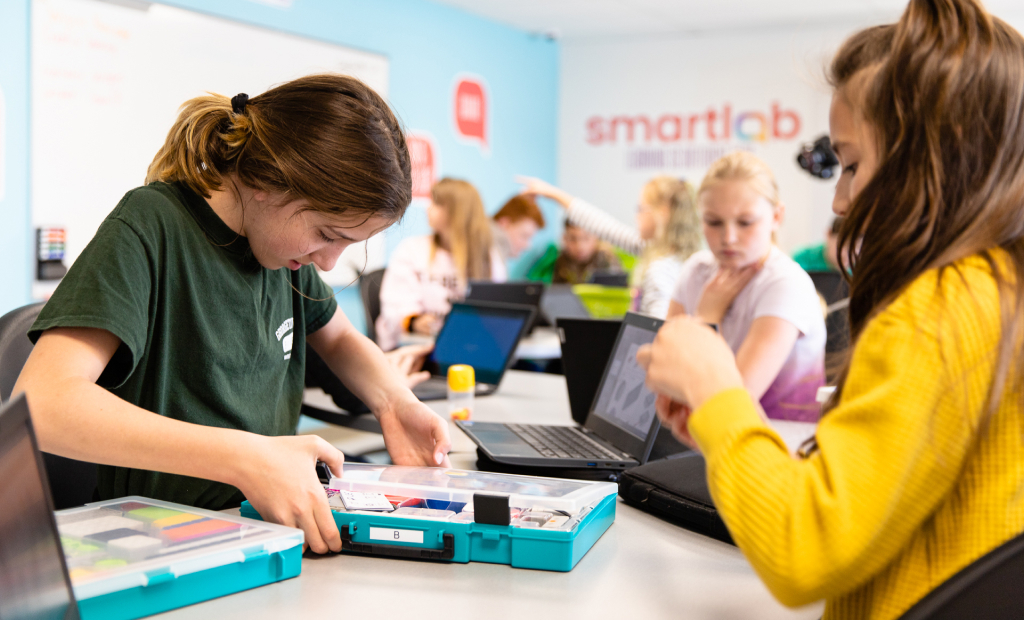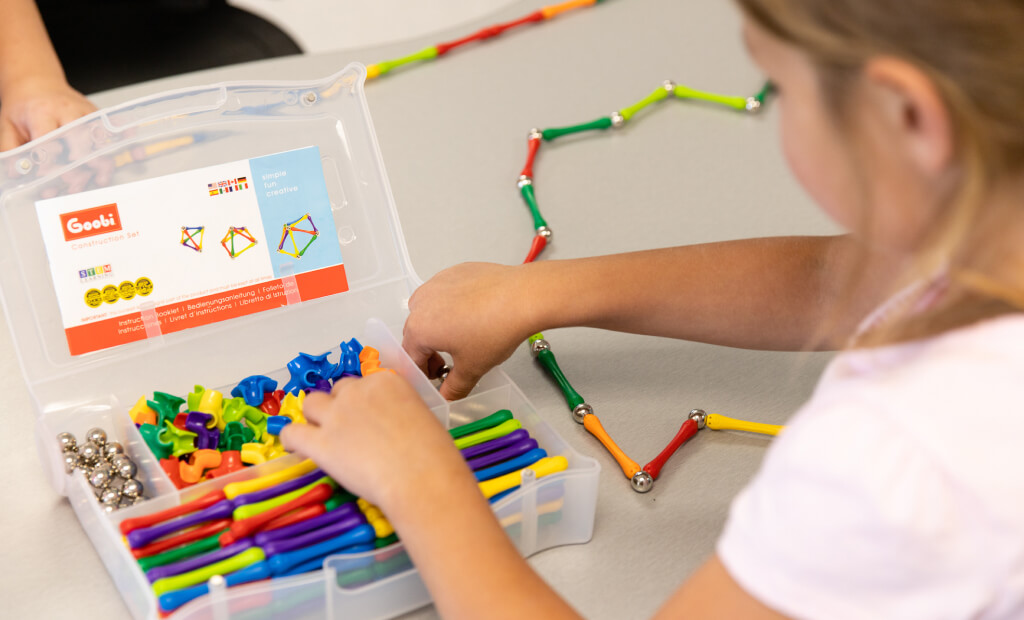A New Approach to STEM Education
There’s a broad consensus that American education needs an increased emphasis on STEM (science, technology, engineering and mathematics). Surprisingly though, there’s little clarity or consensus on the best way to address this need.
The easiest approach is to turn to our existing math and science departments and ask them to do more. An increasingly common approach is to add a pre-engineering program to the curriculum offering. But is this the answer?
How will “more of the same” generate more interest in technical disciplines—particularly among young women and underrepresented people? How will an enhanced course offering, appealing primarily to those who are already our best math and science students, meet the broader goal of preparing all learners to compete in a global economy? Given prevalent attitudes toward math and science among today’s learners, how will we reconcile this emphasis with drop-out rates that are already unacceptably high? And where is the “T”? Will this approach be more successful in integrating technology into the learning process than the existing efforts?
We believe that all learners need a solid foundation in STEM for college and career success. We believe that an integrated, project-based approach to STEM best prepares young learners for the way STEM is actually applied in the workplace. And we believe that language arts, social studies and fine arts provide critical relevancy to STEM; and it is through these connections that we generate a broader interest in STEM than exists today.




